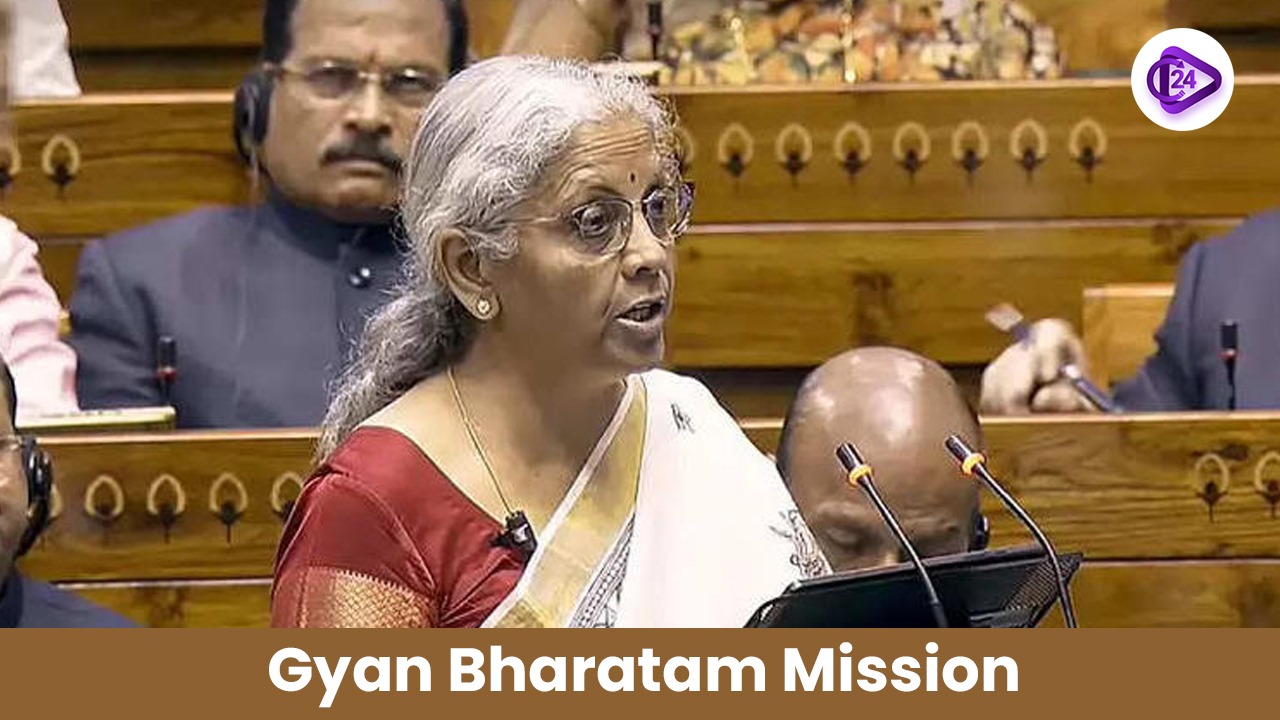
Recently, India has become the seventh-largest coffee producer in the country. Coffee exports in the FY 2023-24 have emerged as a document of $1.29 billion, greater than the $719.42 million in the fiscal year 2020-21. This impressive kind of growth has come due to the growing international market for new and different tastes of coffee, which India offers.
Key Findings:
Export Growth:
-
India’s coffee export has seen an upward trend more so because of the increased market for the blends that are synonymous with India`s coffee. India’s coffee export in January 2025 registered more than 9,300 metric tonnes and the major buyers- were Italy, Belgium, and Russia.
-
Approximately 75% of India’s coffee production consists of Arabica and Robusta beans, which are primarily exported as unroasted beans. Further expansion of exports is observed due to the increase in the production of roasted and instant coffee.
Regional Coffee Cultivation:
-
The Indian coffee is in the Western and Eastern Ghats regions which include: the plateau region, scrub and moist forests which are ecologically significant.
-
Karnataka has emerged as the highest production state with 248,020 MT of granite production in 2022-23 others are Kerala and Tamil Nadu. Apart from our business goal of coffee production, the areas shaded by these trees also play an important role in sustaining the tropical ecosystem by balancing the self-producing process of flora and fauna.
Global Sugar Production:
|
S.No |
Market |
% of Global Production |
Total Production (2023/2024, 60 KG Bags) |
|
1. |
Brazil |
39% |
66.3 Million |
|
2. |
Vietnam |
16% |
27.5 Million |
|
3. |
Colombia |
8% |
12.76 Million |
|
4. |
Ethiopia |
5% |
8.6 Million |
|
5. |
Indonesia |
5% |
8.15 Million |
|
6. |
Uganda |
4% |
6.4 Million |
|
7. |
India |
4% |
6.06 Million |
|
8. |
Honduras |
3% |
5 Million |
|
9. |
Peru |
2% |
4 Million |
|
10. |
Mexico |
2% |
3.87 Million |
Government Initiatives
-
The government coffee promoting agency in India is the Coffee Board of India which has launched several programs and projects including the Integrated Coffee Development Project (ICDP) to increase yield, diversify production areas, and enhance sustainability in coffee production.
-
These efforts are aimed at promoting the Production of coffee in India, increasing the efficiency of production, and increasing the overall competitiveness of coffee on the international market.
Empowerment Through Coffee Farming
-
The success story includes the Araku valley account where out of 150000 tribal families, with the support from the Coffee Board and ITDA, have raised coffee production turnover by 20%.
-
This is an initiative for the internal development of local communities, which has taken support from the loans from the Girijan Co-Operative Corporation (GCC). This move also fully supports India’s vision of Aatmanirbhar Bharat (Self-reliant India).
Impact on the Coffee Industry
Investments, export encouragement, and other supports have also made a great contribution to the growth of the coffee industry in India. They have advanced both domestic manufacturing and India’s status in the global coffee business, making it one of the key players in the market.
Coffee Consumption Trends
-
Steady Increase:
-
Domestic coffee consumption in India has steadily risen from 84,000 MT in the coffee year (CoY) 2012 to 91,000 MT in CoY 2023, with an estimated 90,000-95,000 MT for CoY 2024.
-
Some of the factors include a general change in people’s habits to taking instant coffee, enhanced per capita income, and in turn enhanced disposable income.
-
-
Urbanization and Café Culture:
-
Urbanization plays a role in increasing café culture resulting in increased OOH coffee consumption.
-
Factors such as favorable demography, changing Palettes, and increasing trends towards specialty coffee also posed positive indications towards enhanced internal consumption.
-
The Legacy of Coffee in India
Historical Roots
-
Coffee was initiated in India in 1600AD with the transportation of seven Mocha seeds by Baba Budan a holy saint to the hills of Karnataka. It changed from curiosity to a considerable component of the economy of the region over time.
-
The British started growing coffee commercially in South India in the middle of the 18th century on difficult slopes that added strength to the coffee business.
Ecological and Socio-Economic Impact
-
Coffee growing is done under the canopy of protective forests in the Western and Eastern Ghats of India recognized as one of the 25 hot biologically diverse zones of the world.
-
The coffee industry helps not only the preservation of these territories’ unique flora and fauna but also plays an important role in the socio-economic development of hard-to-reach mountainous territories, giving local people the opportunity to make a living.
Sustained Growth and Global Recognition
-
Favorable actions of the government and policies of the coffee industry have developed this quaint business into becoming one of the leading countries in the world.
-
For this reason, distinctive taste coupled with the historical background and support from institutional bodies have kept India going with global success in the coffee business.
Conclusion
Over the centuries, India has built a tradition of coffee production and today’s production not only brings substantial revenue to the country’s local people but also answers the increasing demand for quality coffee all around the world. So the cafe culture and the growing consumption at homes and a global market beckon India to scale newer heights in its coffee saga loaded with economic benefits and pride.




 Government Expands Support for Classical Languages in India
Government Expands Support for Classical Languages in India Guru Shishya Parampara Scheme Preserving India Traditional Arts
Guru Shishya Parampara Scheme Preserving India Traditional Arts Gyan Bharatam Mission 2025 Preserving India Manuscript Heritage
Gyan Bharatam Mission 2025 Preserving India Manuscript Heritage India Startup Revolution: Driving Innovation and Job Creation in 2024
India Startup Revolution: Driving Innovation and Job Creation in 2024 Empowering Tribes for a Viksit Bharat: Tribal Welfare Boost in Union Budget 2025
Empowering Tribes for a Viksit Bharat: Tribal Welfare Boost in Union Budget 2025 World Wetlands Day 2025 Celebrations at Parvati Arga Ramsar Site, Gonda, Uttar Pradesh
World Wetlands Day 2025 Celebrations at Parvati Arga Ramsar Site, Gonda, Uttar Pradesh India Marks World NTD Day 2025 with Landmark Illumination at India Gate to Raise Awareness
India Marks World NTD Day 2025 with Landmark Illumination at India Gate to Raise Awareness Delhi-Haryana Water Dispute Escalates Over Ammonia Pollution in the Yamuna River
Delhi-Haryana Water Dispute Escalates Over Ammonia Pollution in the Yamuna River Retinal Diseases: RNA Therapeutics Show Promise, But Is India Ready.
Retinal Diseases: RNA Therapeutics Show Promise, But Is India Ready. Uttarakhand Becomes the First State to Implement the Uniform Civil Code (UCC)
Uttarakhand Becomes the First State to Implement the Uniform Civil Code (UCC)






